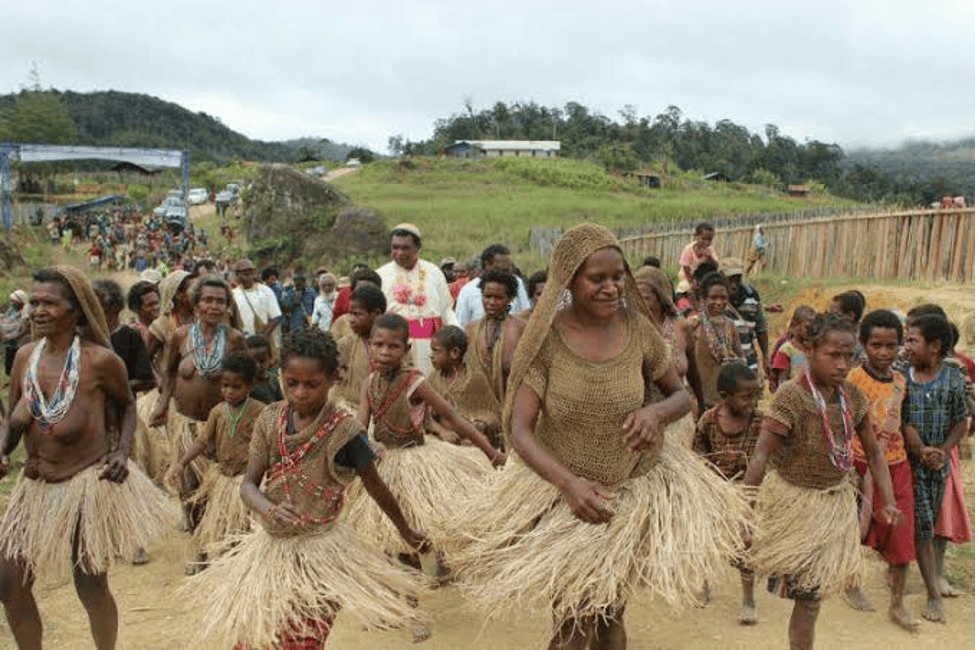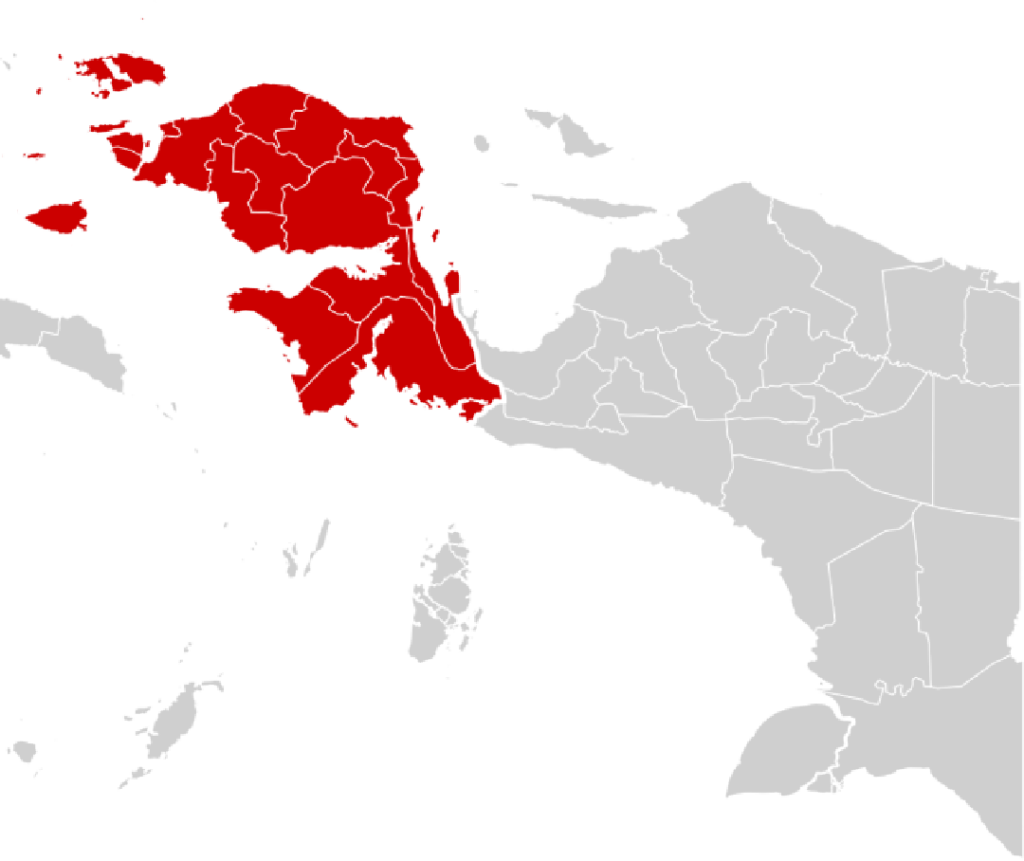Papua, with its extraordinary cultural richness, is home to various tribes with unique traditions and customs. Two of these tribes are the Amungme and Kamoro. Both tribes have a rich and valuable cultural heritage but face challenges in preserving it amid modernization. The active participation of the community in maintaining and preserving the Amungme and Kamoro cultures is crucial to ensure the sustainability of these cultural heritages.
The Amungme, who inhabit the mountainous region of Papua, are known for their harmonious way of life with nature. They have a strong belief system, where mountains and land are considered sacred and must be respected. Their traditional houses, known as honai, have a round shape with a roof made of thatch, designed to keep warm in the cold mountain climate.
Traditional dances and traditional rituals are an important part of the Amungme’s daily life. One famous ritual is the stone-burning ceremony, a communal cooking activity involving the entire community as a symbol of unity and togetherness. This ceremony is not only for cooking food but also for strengthening social bonds among tribe members.
The Kamoro, who live in the southern coastal region of Papua, have a very different culture from the Amungme. They are known as a maritime community who are experts in utilizing marine resources. Kamoro traditional houses, called jew, are built on wooden poles to protect against floods and wild animals.
One prominent aspect of Kamoro culture is their carving art. The wooden statues carved by Kamoro artists often depict ancestral spirits and have deep spiritual meaning. In addition, traditional Kamoro dances and songs are also an important means of expressing the stories and myths of their ancestors.
Communities, both from the Amungme and Kamoro tribes and the general public, have an important role to play in preserving this culture. There are several ways in which the community can contribute:
- Education and Knowledge: Teaching the younger generation about the importance of their culture and traditions is a crucial first step. Schools and educational institutions in Papua need to include a curriculum that teaches the history, art, and customs of the Amungme and Kamoro tribes. This will help ensure that this knowledge is not lost amidst modernization.
- Cultural festivals: Organizing cultural festivals featuring traditional dance, music, and carving can be an effective way to promote and preserve Amungme and Kamoro culture. Such festivals not only attract tourists but also strengthen the community’s sense of pride in their cultural heritage.
- Government and NGO Support: Local governments and non-governmental organizations (NGOs) can play an important role in providing support and resources for cultural preservation. Training programs, funding for art projects, and public awareness campaigns are some examples of how this support can be provided.
- Technology Utilization: Modern technologies, such as social media and digital platforms, can be used to document and promote Amungme and Kamoro culture. Videos, photos, and articles on the traditions and daily lives of these tribes can be shared widely, reaching a larger and more diverse audience.
The Amungme and Kamoro cultures are an important part of Papua’s cultural heritage that must be safeguarded and preserved. The active role of the community, from education to cultural promotion through festivals and technology, is crucial in this endeavor. With the right support, we can ensure that the traditions and customs of the Amungme and Kamoro tribes are kept alive and recognized by future generations. Preserving this culture is not only the responsibility of the Papuan people but also the entire nation of Indonesia, as a form of respect for our cultural diversity.


